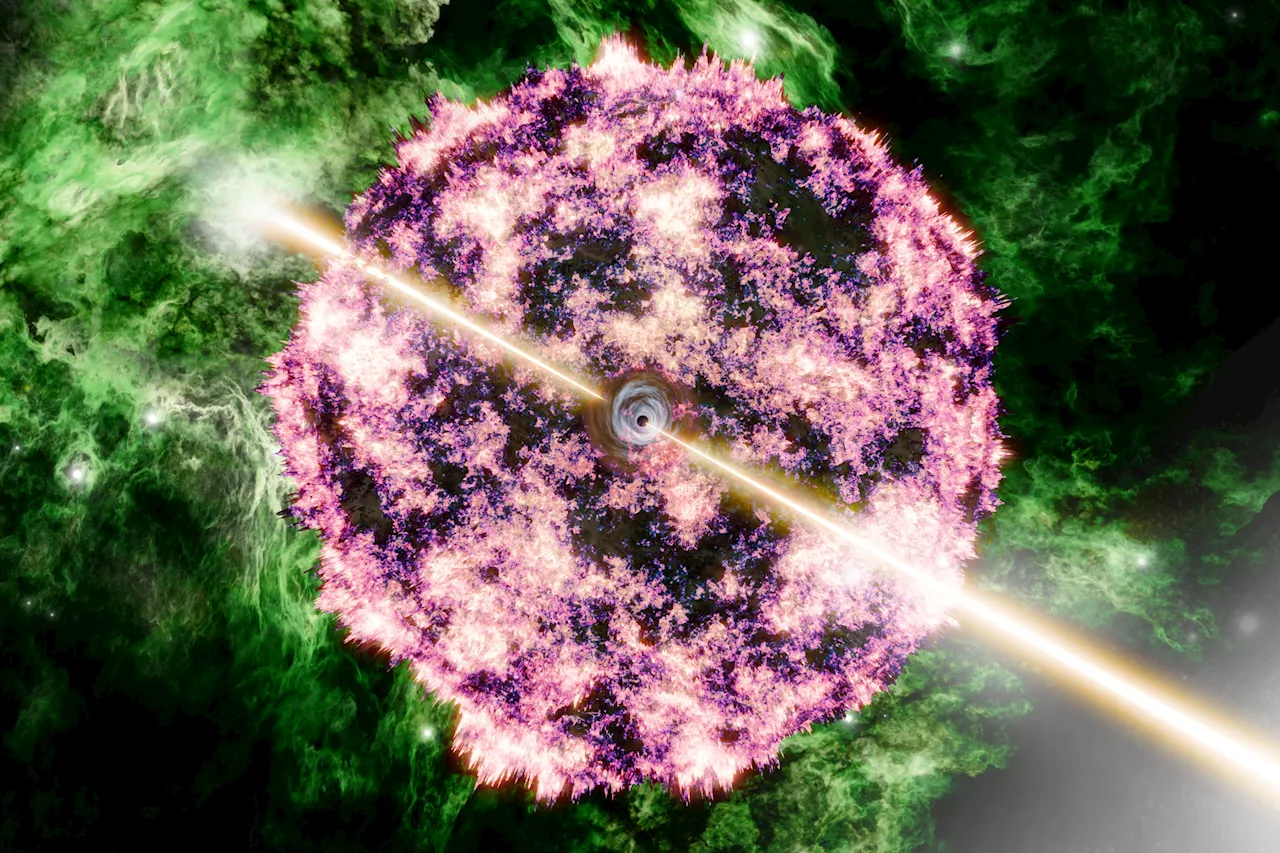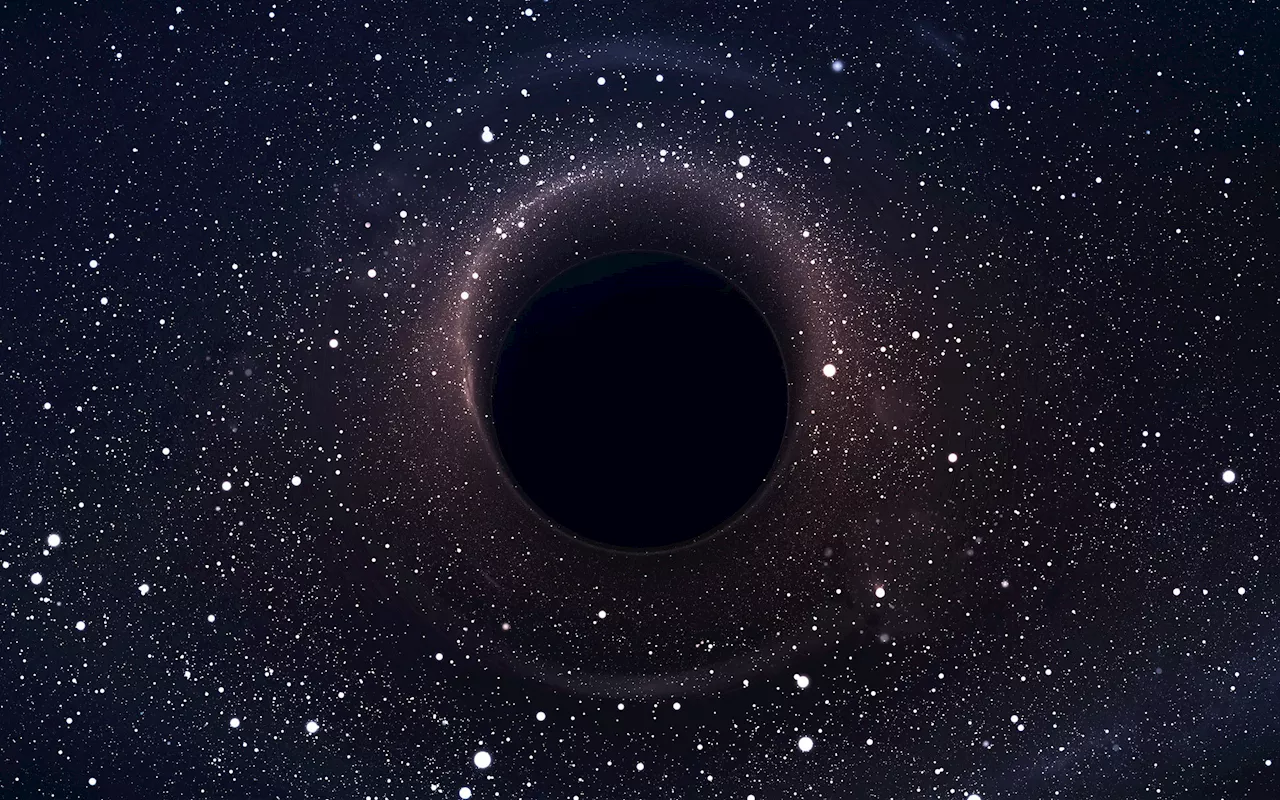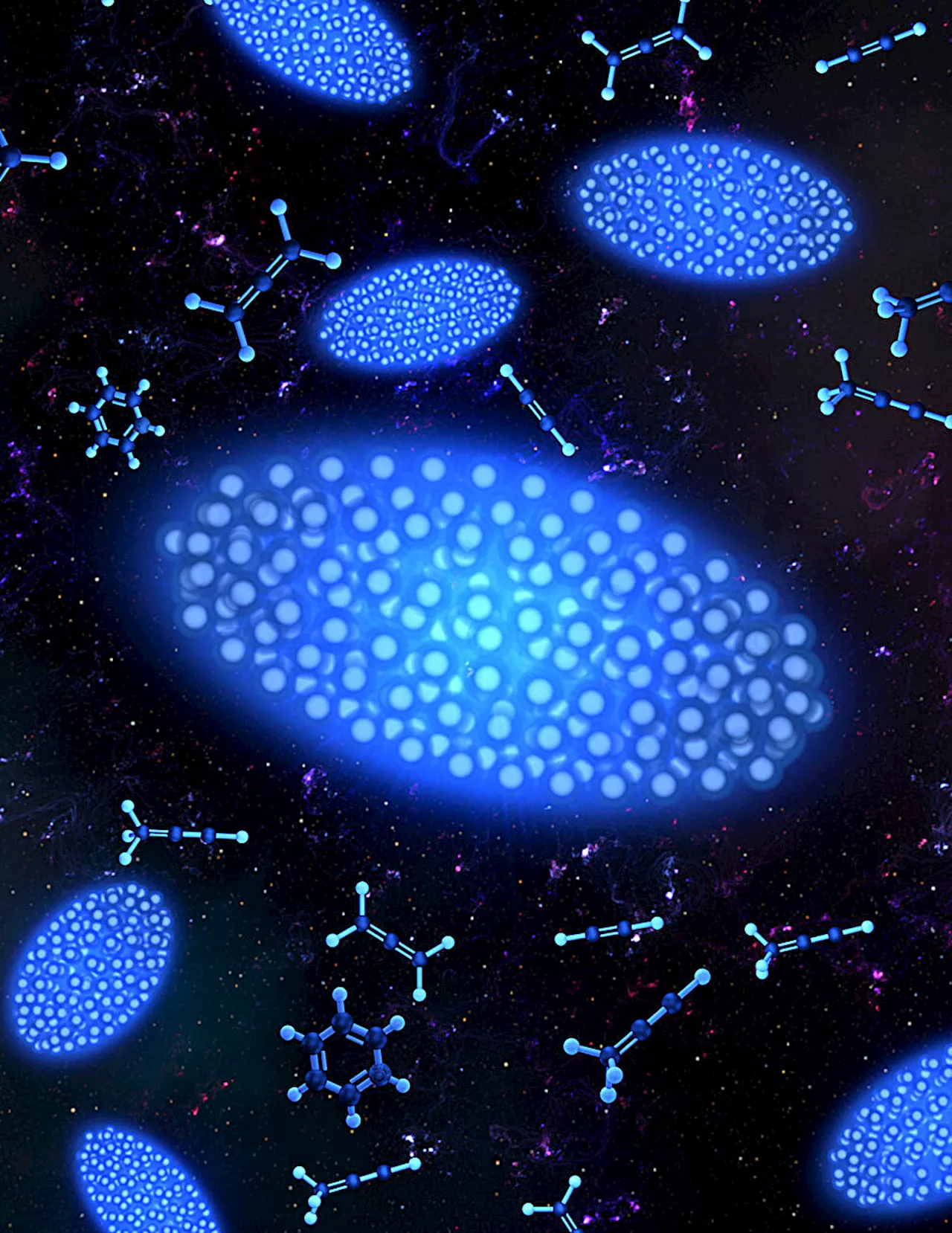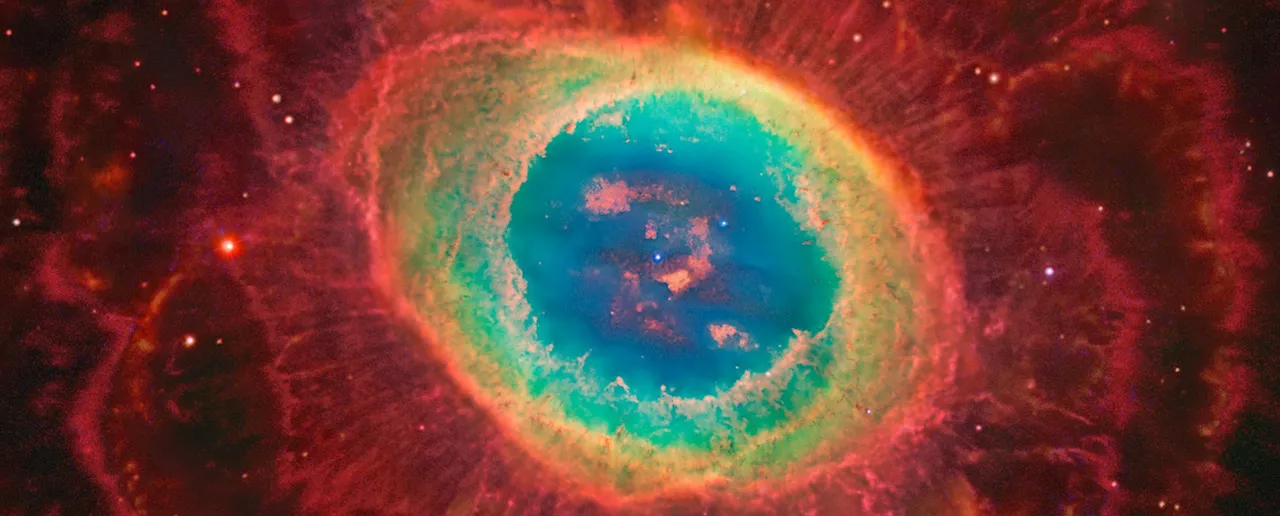Science, Space and Technology News 2024
Fullerenes, discovered in 1985 and awarded the Nobel Prize, are stable carbon molecules that may help understand the universe’s organic material organization, due to their presence in space and potential to transport complex molecules. The image above depicts the center of the planetary nebula M57, taken by the astrophotographer Dr. Robert Gendler, and John Bozeman. Credit: NASA/ESA
These molecules were discovered in the laboratory in 1985, which procured the Nobel Prize for Chemistry for their three discoverers 11 years later. Since then there have been many instances of observational proof of their existence in space, especially within the gas clouds around old, dying stars the size of the Sun, called planetary nebulae, which have been expelled from the outer layers of the stars towards the end of their lives.
“We have combined for the first time, the optical constants of HAC, obtained from laboratory experiments, with models of photoionization, and doing this we have reproduced the infrared emission of the planetary nebula Tc 1, which is very rich in fullerenes”, explains Domingo Anibal García Hernández, an IAC researcher who is a coauthor of the paper.
United States Latest News, United States Headlines
Similar News:You can also read news stories similar to this one that we have collected from other news sources.
 Astronomers Determine Cause of Brightest Cosmic Explosion Ever RecordedAstronomers have used data from NASA's James Webb Space Telescope to confirm that the brightest cosmic explosion ever recorded, known as GRB 221009A or 'BOAT,' was caused by the collapse and subsequent explosion of a massive star 2.4 billion light-years away. This discovery has led to further investigation into the formation of heavy elements in the universe.
Astronomers Determine Cause of Brightest Cosmic Explosion Ever RecordedAstronomers have used data from NASA's James Webb Space Telescope to confirm that the brightest cosmic explosion ever recorded, known as GRB 221009A or 'BOAT,' was caused by the collapse and subsequent explosion of a massive star 2.4 billion light-years away. This discovery has led to further investigation into the formation of heavy elements in the universe.
Read more »
 Astronomers uncover the heaviest black hole in our galaxy and it’s in our cosmic backyardAstronomers have discovered the heaviest stellar black hole in the Milky Way and it's only a startling 2,000 light-years away from Earth.
Astronomers uncover the heaviest black hole in our galaxy and it’s in our cosmic backyardAstronomers have discovered the heaviest stellar black hole in the Milky Way and it's only a startling 2,000 light-years away from Earth.
Read more »
 Cold Coulomb crystals, cosmic clues: Unraveling the mysteries of space chemistryWhile it may not look like it, the interstellar space between stars is far from empty. Atoms, ions, molecules, and more reside in this ethereal environment known as the Interstellar Medium (ISM). The ISM has fascinated scientists for decades, as at least 200 unique molecules form in its cold, low-pressure environment.
Cold Coulomb crystals, cosmic clues: Unraveling the mysteries of space chemistryWhile it may not look like it, the interstellar space between stars is far from empty. Atoms, ions, molecules, and more reside in this ethereal environment known as the Interstellar Medium (ISM). The ISM has fascinated scientists for decades, as at least 200 unique molecules form in its cold, low-pressure environment.
Read more »
 Giant Cosmic Bubbles Have Given a New Precision Measurement of Expanding Space-TimeThe Best in Science News and Amazing Breakthroughs
Giant Cosmic Bubbles Have Given a New Precision Measurement of Expanding Space-TimeThe Best in Science News and Amazing Breakthroughs
Read more »
 Q&A: Cosmic rays, space weather and larger questions about the universeWith the naked eye, you can't see the weather in space, or feel the cosmic rays beaming down to Earth—but they can impact critical systems like our climate, computer connectivity, communications and even our health.
Q&A: Cosmic rays, space weather and larger questions about the universeWith the naked eye, you can't see the weather in space, or feel the cosmic rays beaming down to Earth—but they can impact critical systems like our climate, computer connectivity, communications and even our health.
Read more »
 Cosmic fountain is polluting intergalactic space with 50 million suns' worth of materialRobert Lea is a science journalist in the U.K. whose articles have been published in Physics World, New Scientist, Astronomy Magazine, All About Space, Newsweek and ZME Science. He also writes about science communication for Elsevier and the European Journal of Physics. Rob holds a bachelor of science degree in physics and astronomy from the U.K.
Cosmic fountain is polluting intergalactic space with 50 million suns' worth of materialRobert Lea is a science journalist in the U.K. whose articles have been published in Physics World, New Scientist, Astronomy Magazine, All About Space, Newsweek and ZME Science. He also writes about science communication for Elsevier and the European Journal of Physics. Rob holds a bachelor of science degree in physics and astronomy from the U.K.
Read more »
